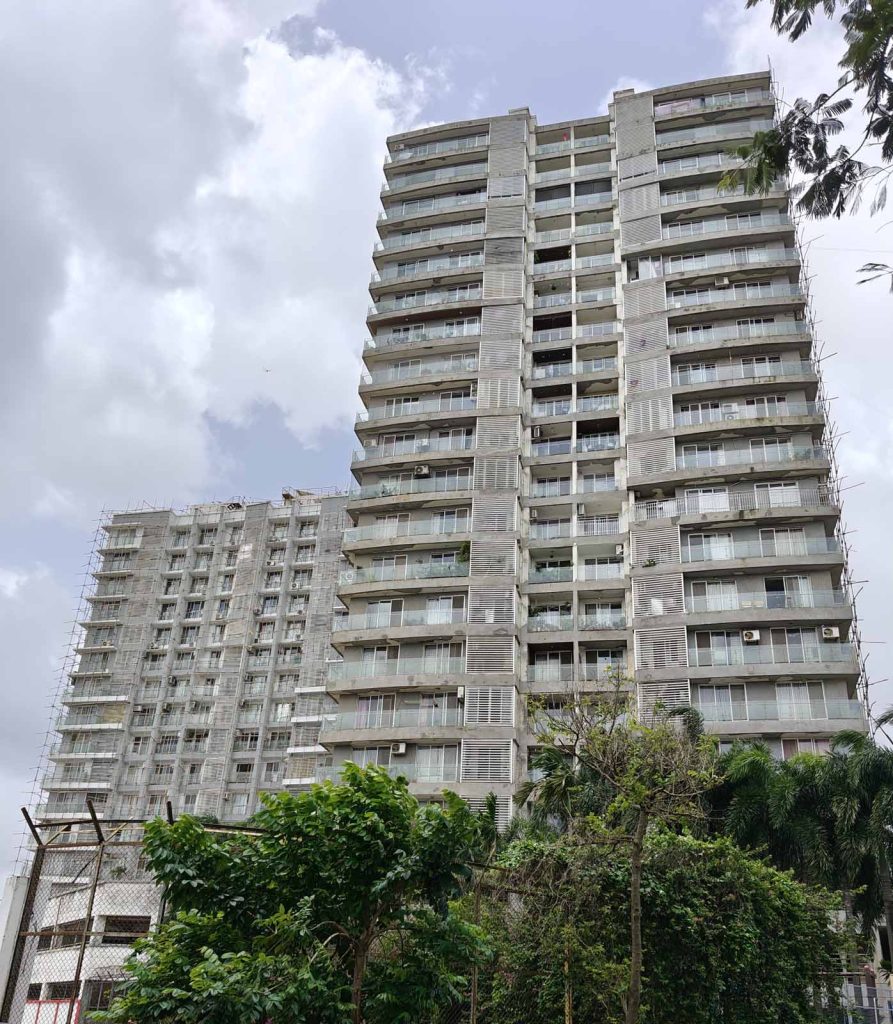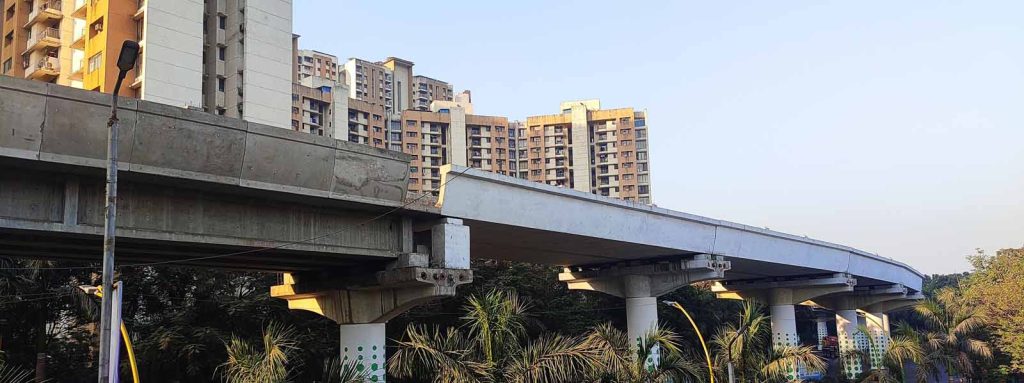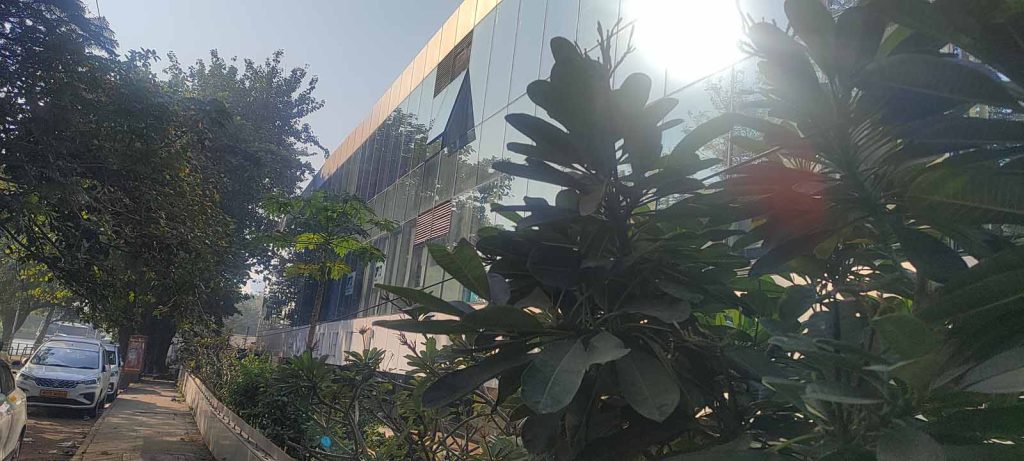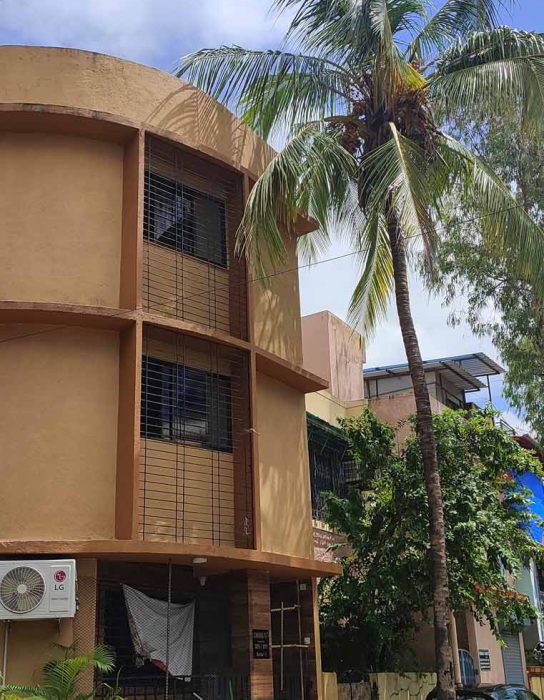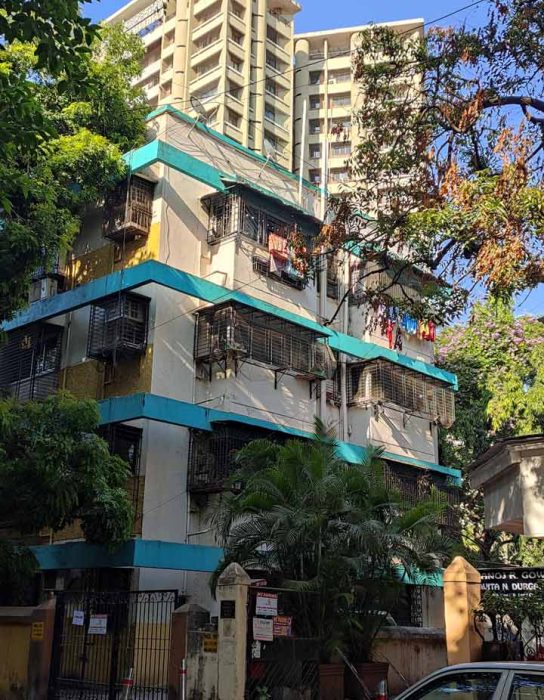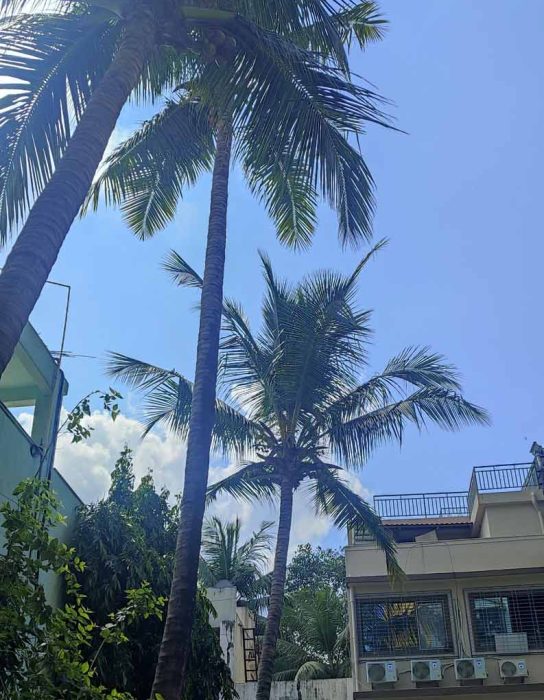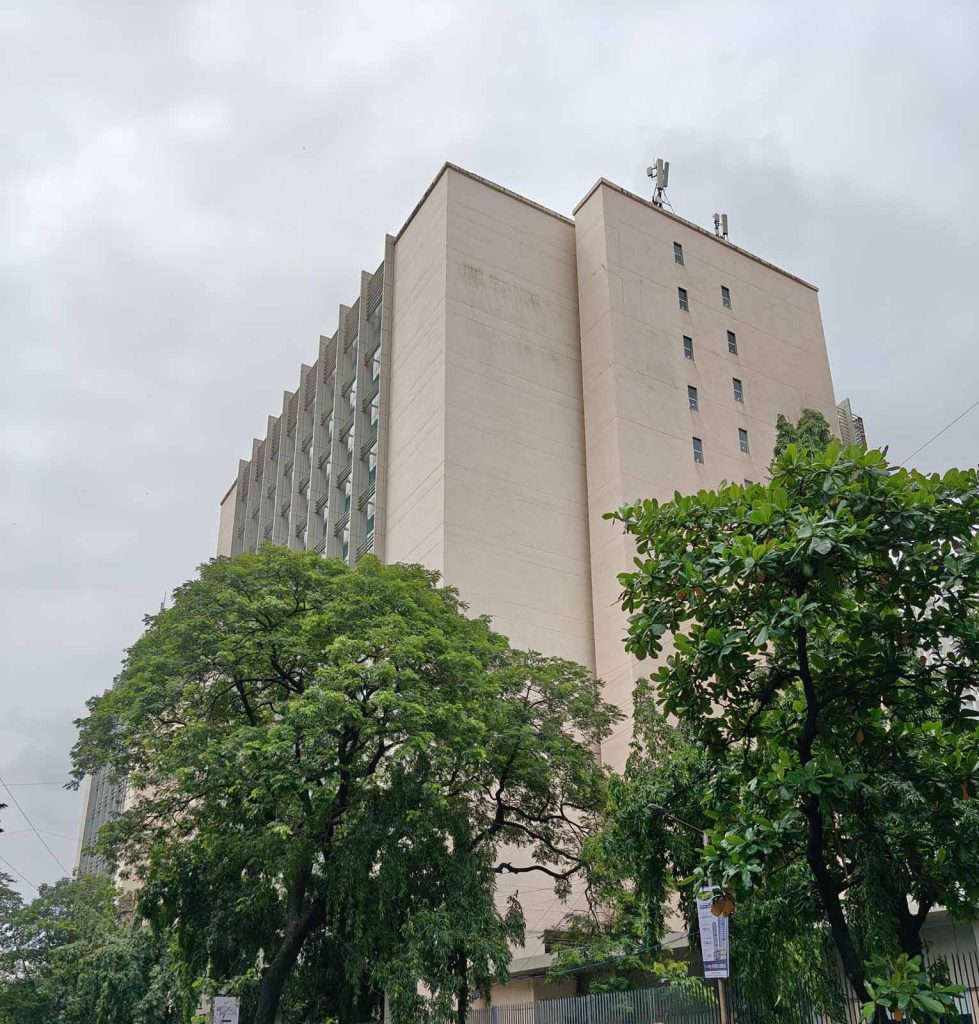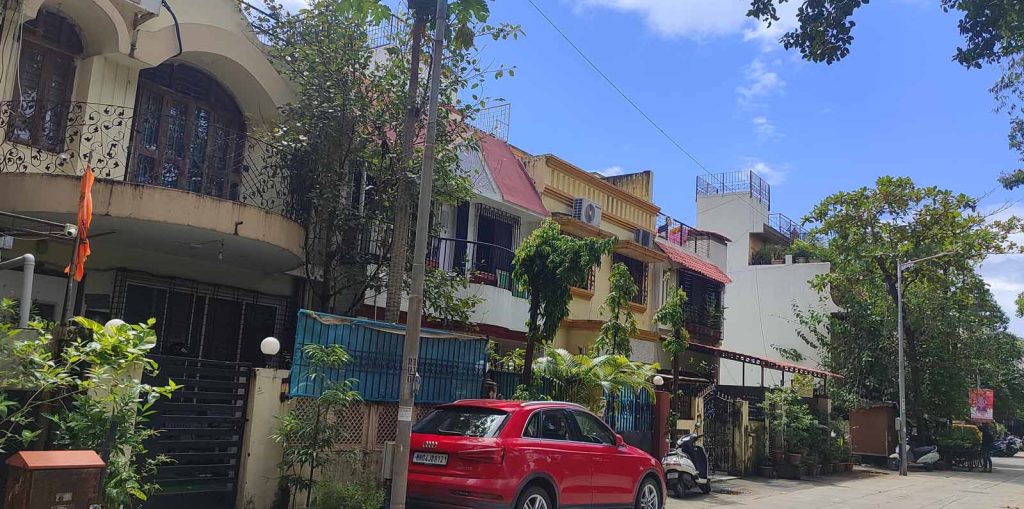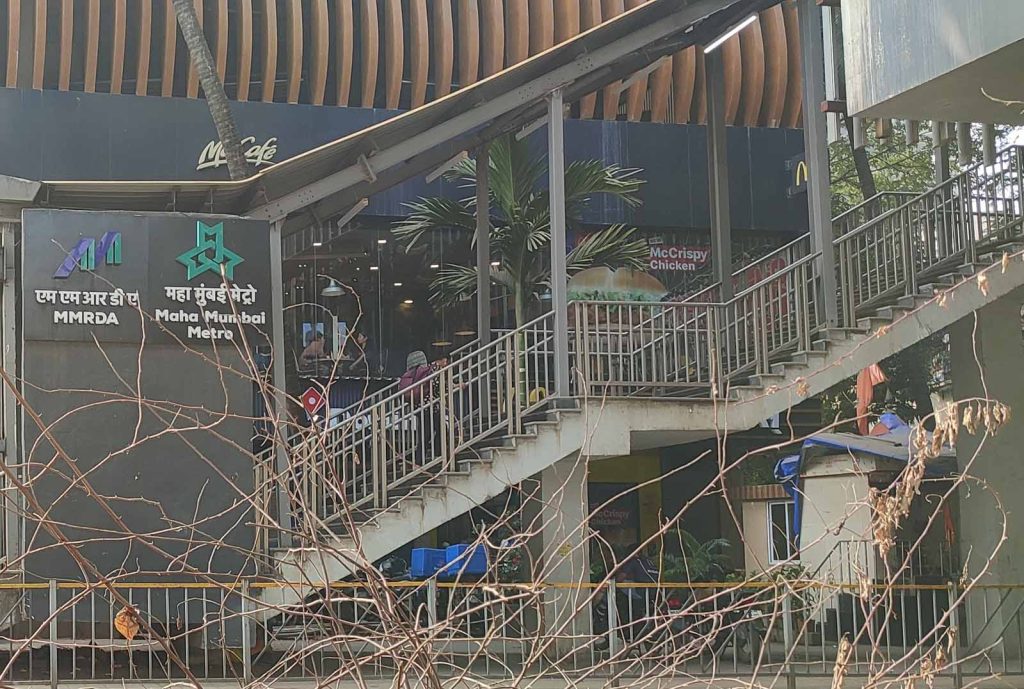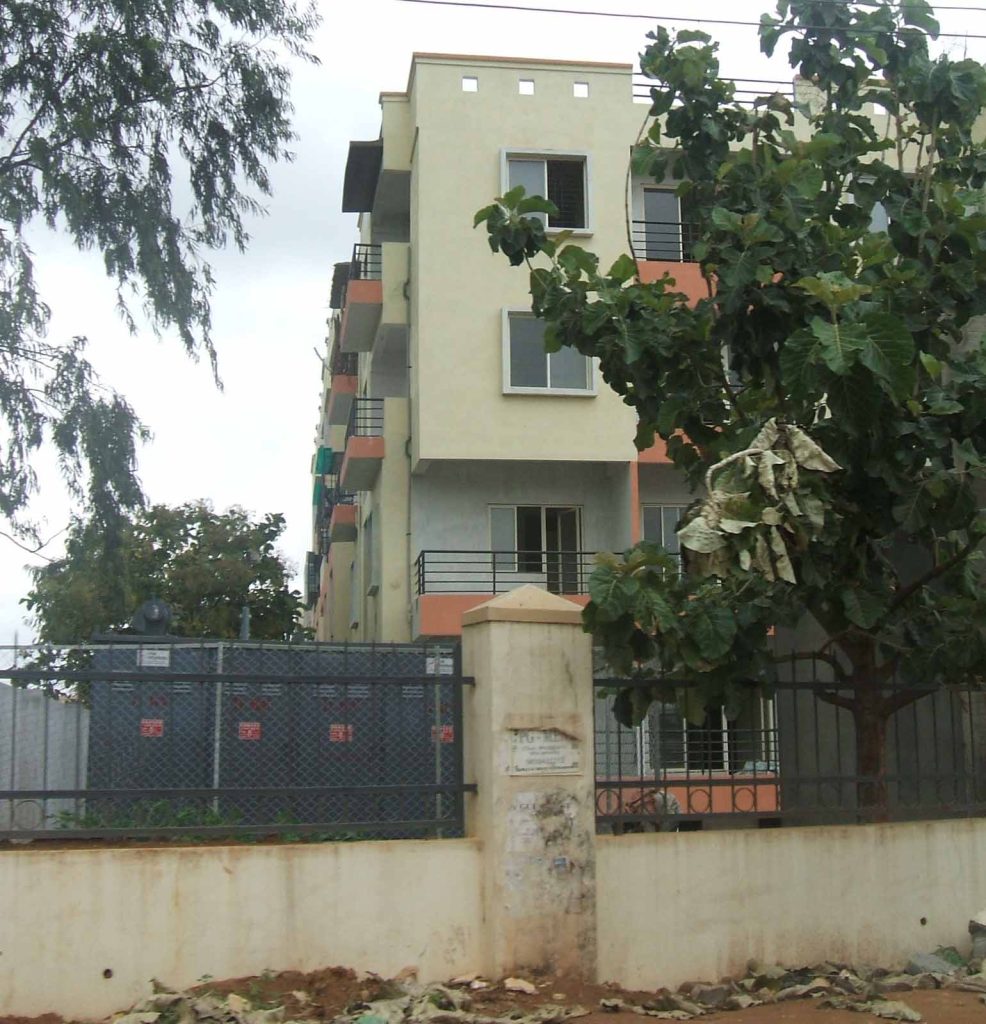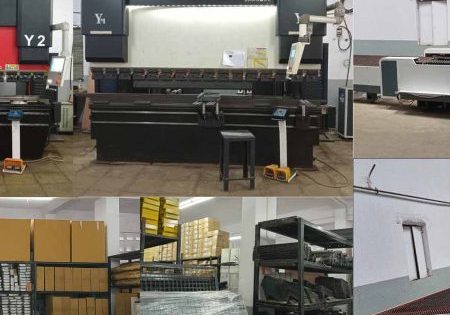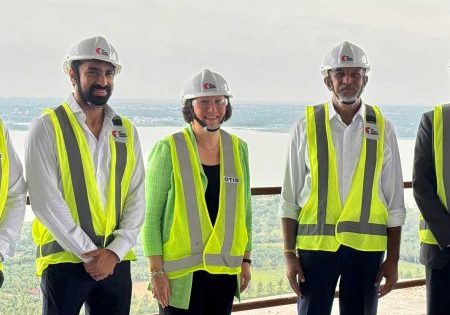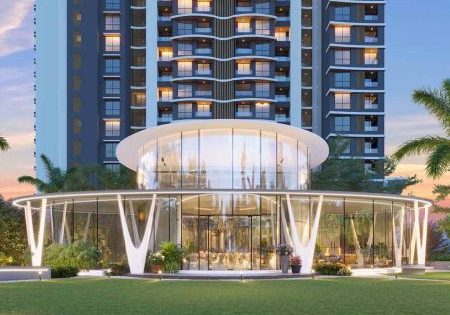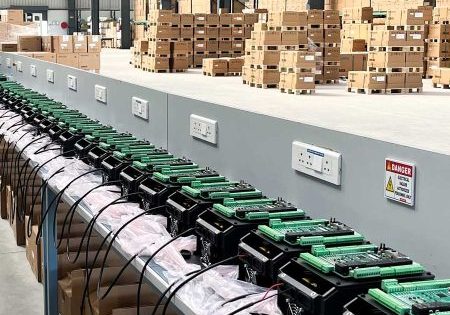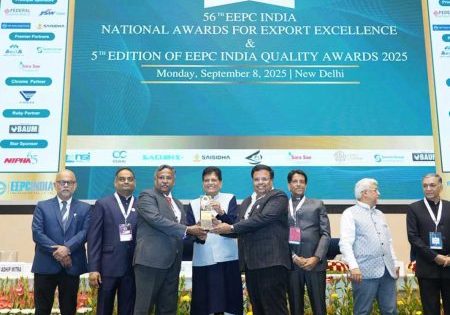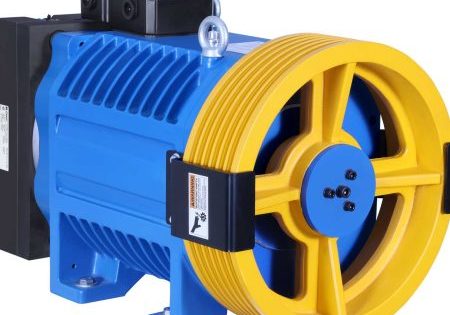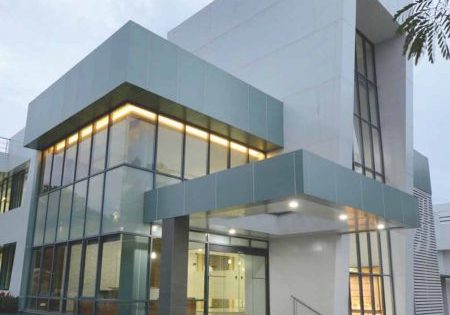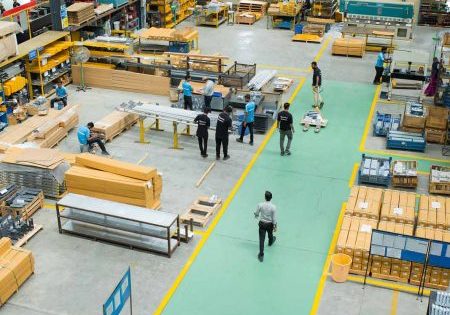Scripting Tales of Transformation
Oct 1, 2025
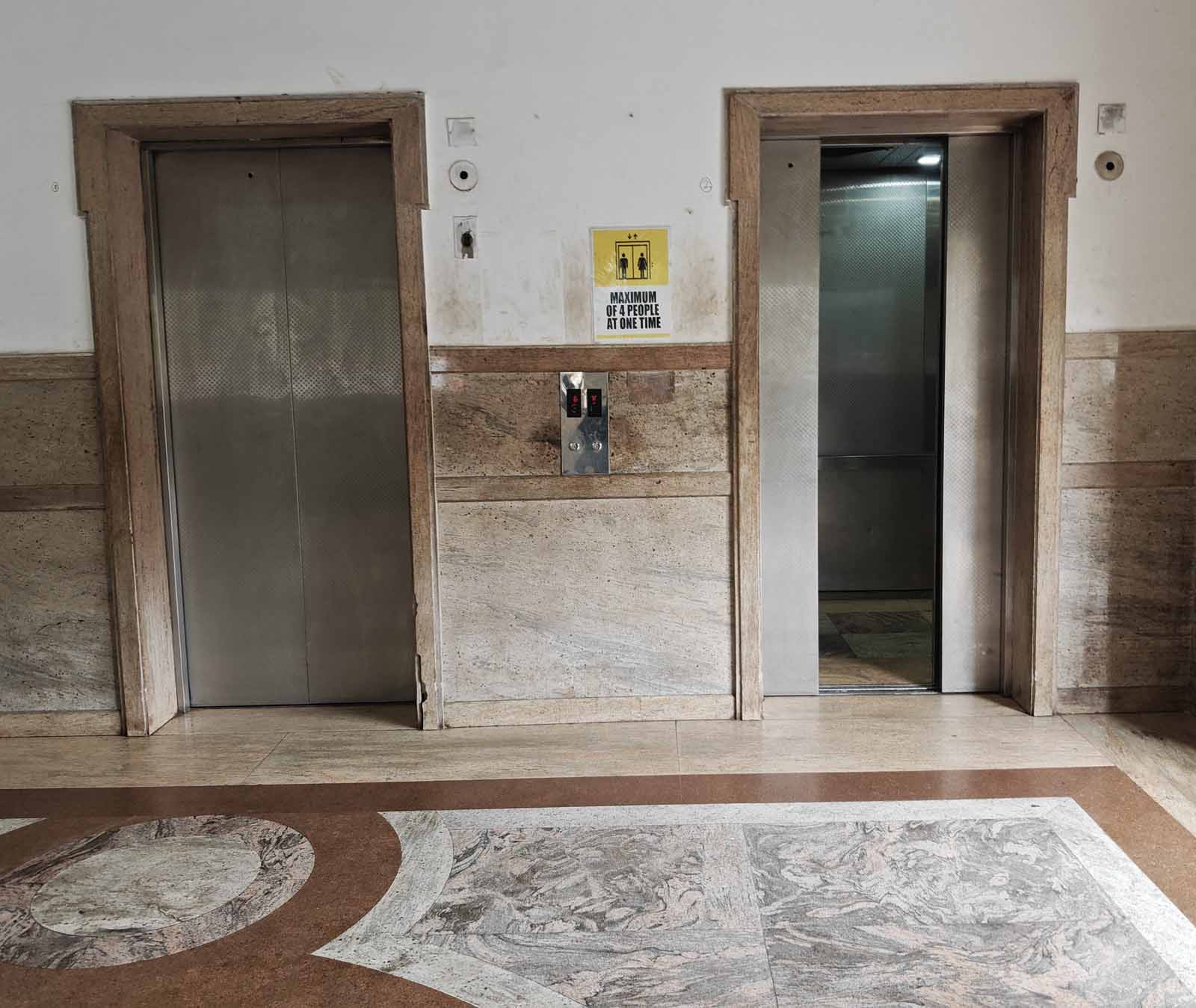
Your author analyzes the extent to which new-age demand drivers are enlarging the VT customer base across the nation and their positive influence on growth patterns.
Progress of India’s vertical-transportation (VT) industry has long mirrored the nation’s growth story. But today, the narrative is shifting in a striking way: Demand is no longer defined by high rises alone. It is increasingly being fueled by infrastructure projects like metros and railways, by homeowners in villas and bungalows and by social spaces such as schools, hospitals and supermarkets.
Recent years have witnessed VT being repositioned from an urban luxury to a national necessity woven into the fabric of everyday life. So, let’s explore the revamped demand drivers that have been directly influencing the expansion and growth of the traditional VT customer base.
Change Makers
One could consider it to be the result of an ideal combination, comprising the collective vision of VT pioneers, policymakers and infrastructure developers that has expanded the sector’s horizons. From the metro rail corporations and Indian Railways (IR) to real estate players catering to villas and gated communities, a wide set of stakeholders is driving fresh demand.
Top VT brands, aligned with government-backed urban mobility missions and private-sector aspirations, have redefined accessibility by making elevators and escalators not just a high-rise necessity but an everyday convenience for millions.
Visible Metamorphosis
The biggest change is that VT demand is no longer restricted to skyscrapers. Metros across Indian cities have become one of the largest adopters of escalators and elevators.
Traditional railways, once known only for endless staircases, are now systematically incorporating VT to improve the passenger experience. On the residential front, home elevators have moved beyond luxury apartments to villas, duplexes and even independent bungalows, giving homeowners both comfort and status.
At the same time, supermarkets, hospitals, schools and community hubs are also increasingly deploying VT solutions, signaling that accessibility is now a universal expectation rather than a premium add-on.
Sustained Progress
The turning point came in the past two decades. While the early 2000s saw metros transforming city mobility, the last 10–12 years witnessed IR joining the VT bandwagon. Simultaneously, urban consumers began demanding elevators in private residences, leading to a surge in compact home elevator solutions.
More recently, lifestyle-driven demand has accelerated as mixed-use developments and community spaces integrate VT to meet the needs of multigenerational users. The timeline shows that VT is no longer reactive; it is proactively built into planning from the start.
Wider Scope
So, where is this demand visible? Quite simply, everywhere. In Tier-1 cities, metros and airports dominate new demand, while in Tier-2 and Tier-3 towns, railways, malls, hospitals and even schools are pushing adoption.
Low-rise residential clusters on the outskirts of metros are installing elevators in villas and duplexes, while luxury homes brand them as “vertical bungalows” or “sky villas.” Meanwhile, supermarkets in semi-urban areas are increasingly deploying moving walks and compact escalators, expanding VT presence beyond traditional urban hubs.
Market Movers
The drivers of this change are both functional and aspirational. For infrastructure, VT ensures efficiency, accessibility and inclusivity, making mobility seamless for citizens of all age groups. For homeowners, it enhances comfort and adds prestige. For developers, it has become a selling point as buyers now expect elevators even in low-rise projects.
At a societal level, rising exposure to global standards, coupled with government emphasis on urban mobility and inclusive design, has accelerated the adoption curve. In short, VT demand is now shaped by a mix of necessity, aspiration and policy momentum.
Quick Response
The VT industry has responded with innovation and adaptability. Compact, energy-efficient home elevators are catering to villas and duplexes. Rugged escalator models designed for railway and metro footfalls are now deployed nationwide. Moving walks in retail and inclined lifts in hilly regions are expanding the technological mix.
Green, smart and digital VT solutions are being integrated into public infrastructure projects to ensure sustainability and reliability. What was once a niche requirement is today an everyday essential, thereby making VT a critical enabler of India’s growth story across diverse sectors.
Bottom Line
All in all, the VT industry in India has reached an inflection point. Demand is no longer defined by the height of towers. Rather, it is defined by the breadth of use cases. From metros to villas, from schools to supermarkets, the customer base is widening at a pace never seen before. Words like “immense” and “infinite” are considered inadequate by those who indulge in crystal ball gazing while attempting to come up with predictions of what the future holds.
This democratization of demand makes VT one of the most visible and essential markers of India’s progress. And as this momentum gathers speed, one truth continues to hold: In VT, as in India’s growth story, expansion is the new driver of change.
Get more of Elevator World. Sign up for our free e-newsletter.
